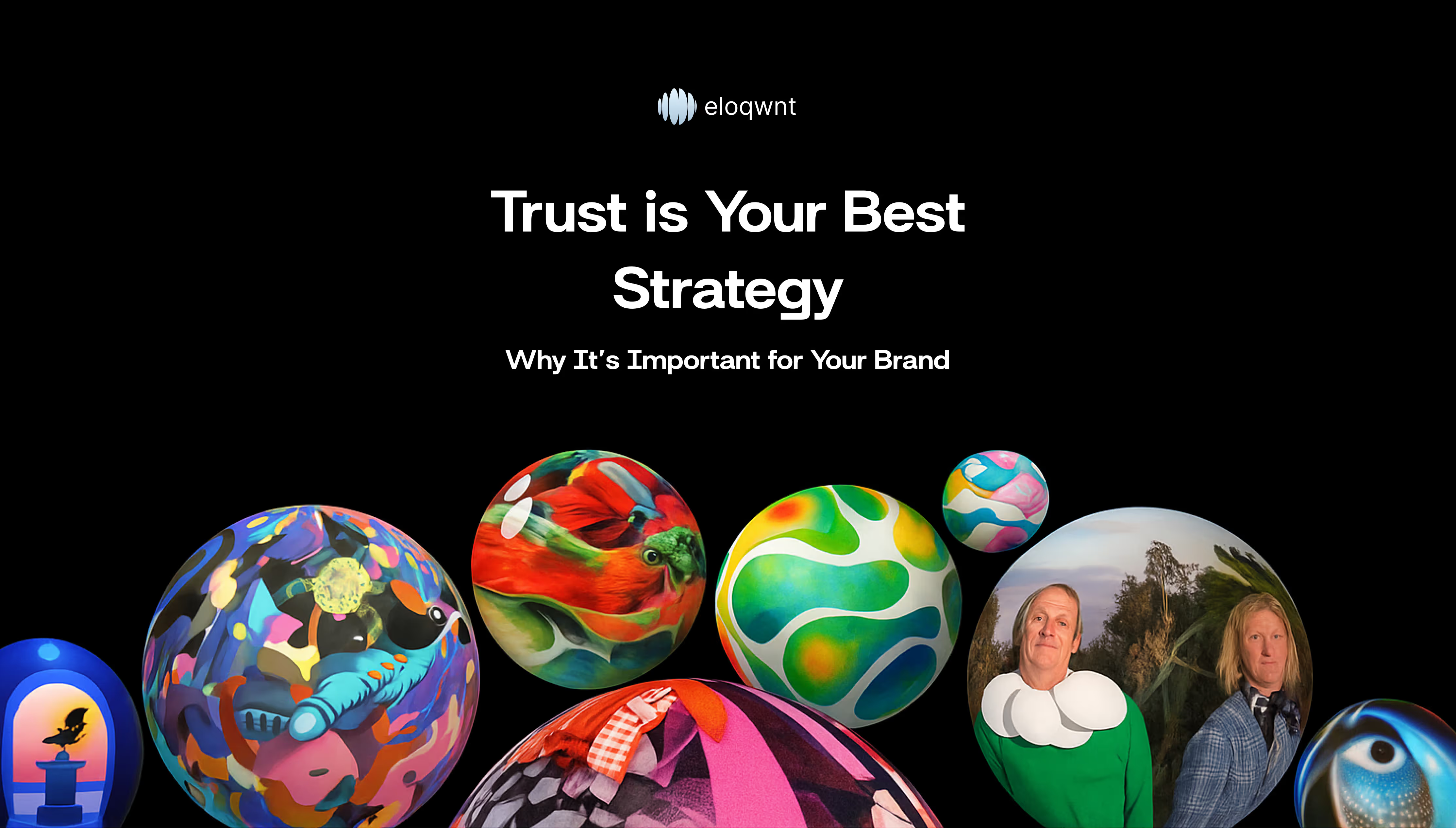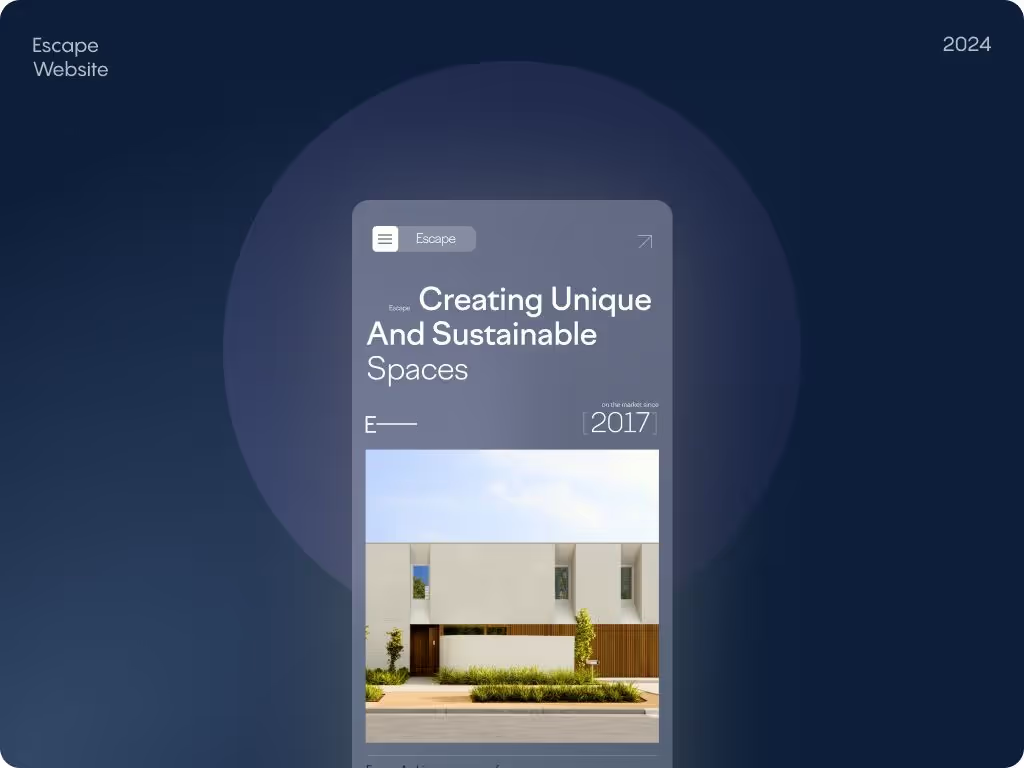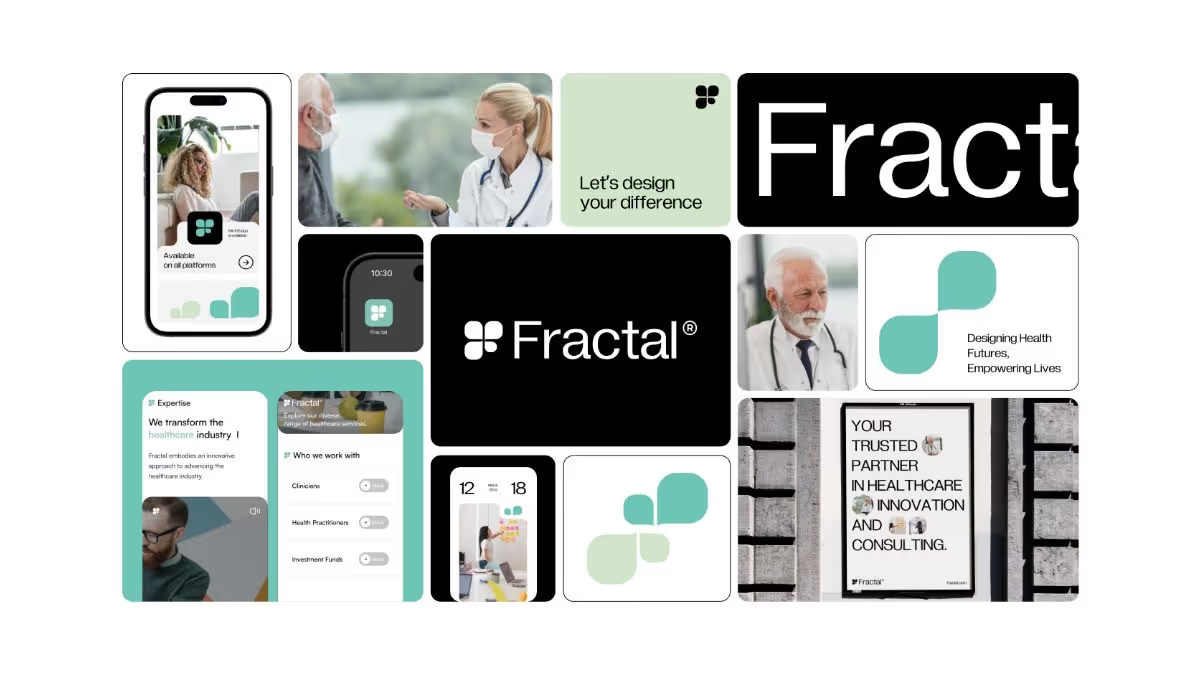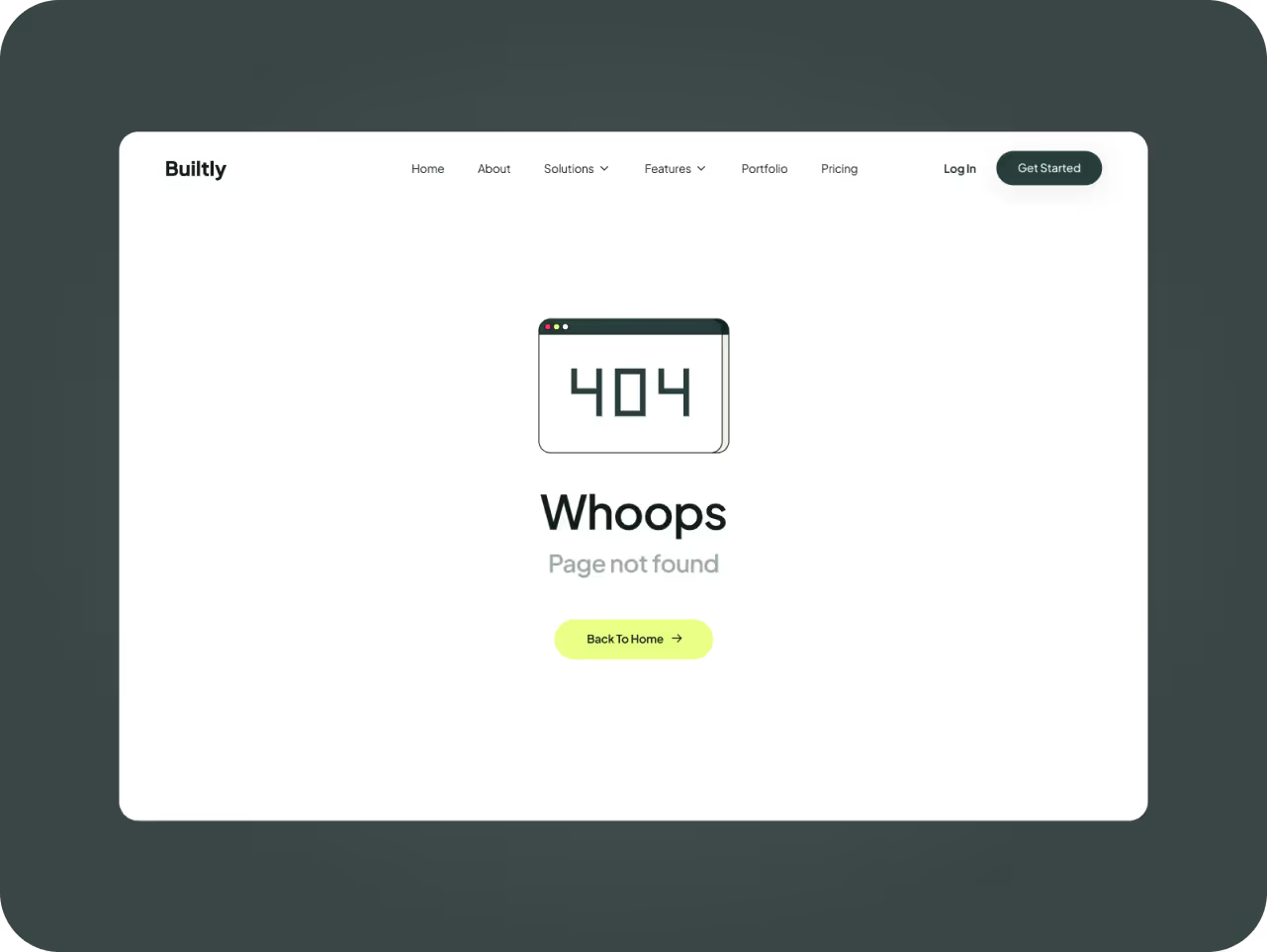The Psychology Behind Brand Trust and What It Means for Your Business

Trust Isn’t What It Used to Be
Before they believe in your product, they have to believe in you.
Trust isn’t something people give away freely anymore — not in a world where every brand promises to ‘care,’ ‘connect,’ and ‘lead change.’ Consumers have heard it all before. And frankly, they’re skeptical. It’s not distrust by default — it’s hesitation earned over time.
People notice when brands say one thing and do another:
• “We hear you,” followed by silence.
• Ads that feel personal — until they don’t.
• Design that dazzles, but doesn’t deliver.
So, when someone visits your homepage, or reads your mission statement, or watches your launch video, their brain is asking a very primal question:
| Can I trust this?
And that question isn’t answered with a paragraph about values or a clever tagline.
It’s answered through micro-signals — through tone, design, behavior, and emotion.
It’s answered in how your brand shows up before a transaction, and whether it shows up the same after.
At Eloqwnt, we’ve worked with brands where trust wasn’t just a nice-to-have — it was the business model. Health tech startups. Fintech platforms. SaaS tools handling sensitive workflows and user data. In every case, trust didn’t come from logos or sliders — it came from psychological credibility. And it had to be designed, built, and protected with intention.
So in this article, we’re stepping back from tactics.
We’re unpacking the deeper forces: the psychology of brand trust — what it’s made of, what breaks it, and what every leader needs to understand if they want to earn it and keep it.
Let’s start with a hard truth:
Trust isn’t built where most brands think it is.
Where Brand Trust Actually Starts
(Spoiler: It’s not your mission statement.)
Trust doesn’t begin with a paragraph about purpose. It doesn’t start with your logo, your values page, or even your name.
It starts somewhere quieter — and much faster.
Before your audience understands what you do, they’ve already decided how they feel about you. That judgment forms in microseconds, shaped by subtle signals like:
- the tone of your headline,
- the way your product is framed,
- the first few milliseconds of your homepage loading,
- how easy (or frustrating) it is to find what they’re looking for.

This is pre-rational trust — the kind of emotional certainty that takes hold before logic ever enters the chat.
And once it’s set, it’s hard to shake.
Psychologists call it the affect heuristic — a mental shortcut we use to judge something based on feeling, not facts. It’s why a polished landing page can make a startup feel more trustworthy than a bigger, better-funded competitor. And it’s why even a small inconsistency in tone or layout can quietly plant doubt.
We unpack this in more depth in our guide to emotional branding — but for now, here’s the point:
People don’t evaluate your brand first. They sense it.
And that sensing is shaped by dozens of subconscious cues you might not even realize you’re sending.
Think of your website, packaging, product, or onboarding flow as a trust interface — not just a visual experience, but a psychological handshake.
Every scroll, click, or pause tells the user:
✔️“This brand gets me,”
or
✖️ “This brand isn’t what I expected.”
That’s where trust begins — in the invisible details, long before a single word is read.
The 3 Psychological Triggers Behind Brand Trust
Trust isn’t a nice-to-have. It’s the emotional contract your brand makes with the people you serve. And like any contract, it’s built over time — moment by moment, signal by signal.
At Eloqwnt, we’ve found that the most trusted brands share three things in common:
- Consistency
- Competence
- Character
These are the psychological triggers that make trust feel real — and sticky. Let’s break them down.
1. Consistency → The Pattern People Rely On
Trust starts with predictability.
Not the boring kind — the kind that tells your audience: “I know what to expect from you, and you’ll deliver.”
And that goes far beyond using the same logo everywhere. It’s about coherence — the way your tone, visuals, and behavior all line up to form one clear, steady signal. If your homepage promises simplicity but your product experience feels like a maze, you’re not just confusing people — you’re creating doubt.
Even subtle mismatches send subconscious red flags. In other words, when something feels “off,” people can’t always explain why. But they hesitate.
And hesitation kills trust.
That’s why consistency matters more than most realize. It’s not just about keeping things tidy — it’s about creating a dependable rhythm your audience can rely on.
When every element of your brand plays in sync, it builds something bigger: belief.

We unpack this further in our article on the power of brand consistency — exploring how alignment across design, language, and experience quietly reinforces trust at every turn.
Because in the end, consistency isn’t just a branding principle. It’s a psychological promise.
2. Competence → The Signal You Can Deliver
Even the most consistent brand falls flat if people don’t believe you’re capable.
Competence is the quiet proof that you know what you’re doing — that your product works, your experience is seamless, and your team can be counted on. And when your brand keeps it, trust follows.
It shows up in subtle but telling ways:
• How clearly you explain what you do
• How fast your platform loads
• How easy it is to get help when something goes wrong
And it doesn’t need to shout. In fact, the strongest sense of competence often comes through what isn’t said — the absence of confusion, delays, or doubt. It’s what makes everything feel… solid.
Trust, after all, doesn’t just listen. It watches.
3. Character → The Human Signal of Trustworthiness
This is where trust stops being logical — and starts feeling personal.
Character is the sense that your brand stands for something — and acts like it. It’s what turns a transaction into a relationship. And unlike visuals or messaging frameworks, this part of brand trust can’t be templated.
Your audience has been burned before. They’ve seen the polished promises. Heard the corporate empathy. And they’ve learned not to take any of it at face value.
So when a brand actually shows up with honesty — not performance — it cuts through.
That kind of trust shows up in unexpected places:
- Owning your mistakes instead of hiding behind error codes
- Speaking like a person, not a press release
- Making principled choices, even when they’re inconvenient
Take something as mundane as a 404 page.
Most brands would drop a cold “Page not found” and call it a day.
But some use that moment — an interruption, a letdown — to quietly reinforce character.
Like this example from Buility:

Building trust with authentic brand character
It doesn’t try too hard. It doesn’t over-apologize.
It simply says “Whoops,” adds a friendly visual cue, and points the way back.
That’s not just good UX. That’s emotional intelligence — proof that real people are behind the screen, and they respect your time.
Where Brand Trust Breaks
Trust doesn’t usually vanish overnight. It unravels slowly — through overlooked moments, mixed messages, and experiences that don’t quite feel right. And the worst part? Most teams don’t notice it happening until it’s too late.
Here are three subtle but common ways trust quietly slips away:
When the promise doesn’t match the experience
People pay close attention — not just to what you say, but to what you deliver. It’s one thing to have confident messaging, sharp positioning, or bold claims on your website. But if those promises start to feel inflated once someone engages with your product or service, it introduces doubt.
That gap between what’s said and what’s felt might be subtle — a signup flow that’s clunky after a smooth ad, a support team that doesn’t respond after promising 24/7 care, or a product that solves the problem technically but leaves the user emotionally frustrated.
These aren’t failures of function — they’re failures of alignment. And when they stack up, people stop believing what you say.
When the behavior feels off
Every brand has a tone. A voice. A look and feel. But that identity only holds up if it’s mirrored in how the company behaves. You can’t say you’re “user-first” and then ignore feedback loops. You can’t claim transparency while burying key details behind friction.
People are quick to spot these contradictions, even if they don’t call them out directly. It’s not about perfection — it’s about coherence. When the brand’s stated values don’t seem to match how things are actually done, trust begins to erode.
And that erosion doesn’t come with fanfare — it shows up as quiet hesitation, or the decision to go with a competitor who simply feels more real.
When the brand feels distant or artificial
Trust requires proximity. If your brand sounds like it was written by a committee, if your design is beautiful but emotionally empty, or if every piece of communication feels overly curated — people notice. Especially today, when audiences are trained to filter out anything that feels generic or insincere.
Being present doesn’t mean being casual. It means being honest, accessible, and human. A brand that speaks clearly, owns its flaws, and sounds like there are real people behind it — that’s a brand people can connect with.
Without that connection, even the most polished brand will feel cold. And cold doesn’t build trust. It pushes people away.
Related Reading & Internal Links
For a deeper look at how design and experience shape user trust, we recommend:
• How to Build a Trusted Brand Identity: A Step-by-Step Guide
→ Breaks down the building blocks of trust — from strategy to storytelling to visual consistency.
• The Impact of Visual Identity on Business Growth: Data-Driven Insights
→ Unpacks how good design moves the needle, not just emotionally, but commercially.
• Brand Identity for AI-Driven Startups: How to Build Trust with Strategy, Story & Design
→ Offers practical guidance for companies working in emerging tech where trust isn’t a given — it must be earned.
Final Thoughts
Trust doesn’t disappear all at once. It slips away in small moments — a confusing message, a delay, a design that doesn’t feel quite right.
Those small misalignments add up. And when people stop trusting a brand, they usually don’t say anything — they just leave.
The strongest brands keep that from happening by being consistent, clear, and thoughtful in everything they do.
That’s the work we do at Eloqwnt.
We shape brands people instinctively trust — through strategy, narrative, and design that behaves as well as it looks.
If that’s what your business is ready for, we’re here!











